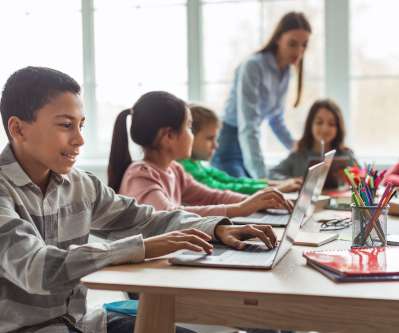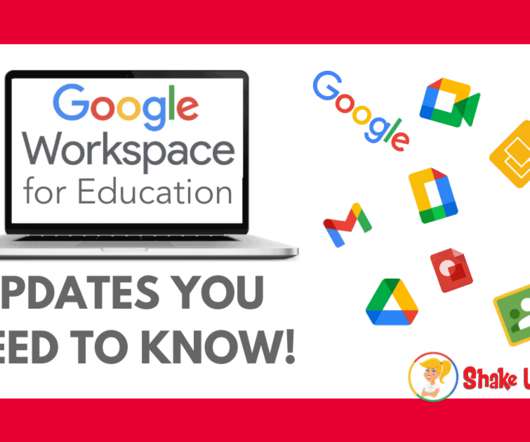Early Literacy in the U.S.: Building a Pathway to Opportunity for All
Graphite Blog
MARCH 25, 2016
The Federal Communications Commission (FCC) will soon consider adopting a new version of its Lifeline program to increase broadband access for the millions of low-income Americans who do not have consistent service. We sum this up in four key steps: Invest in a new system of early learning from birth through primary school.




















Let's personalize your content